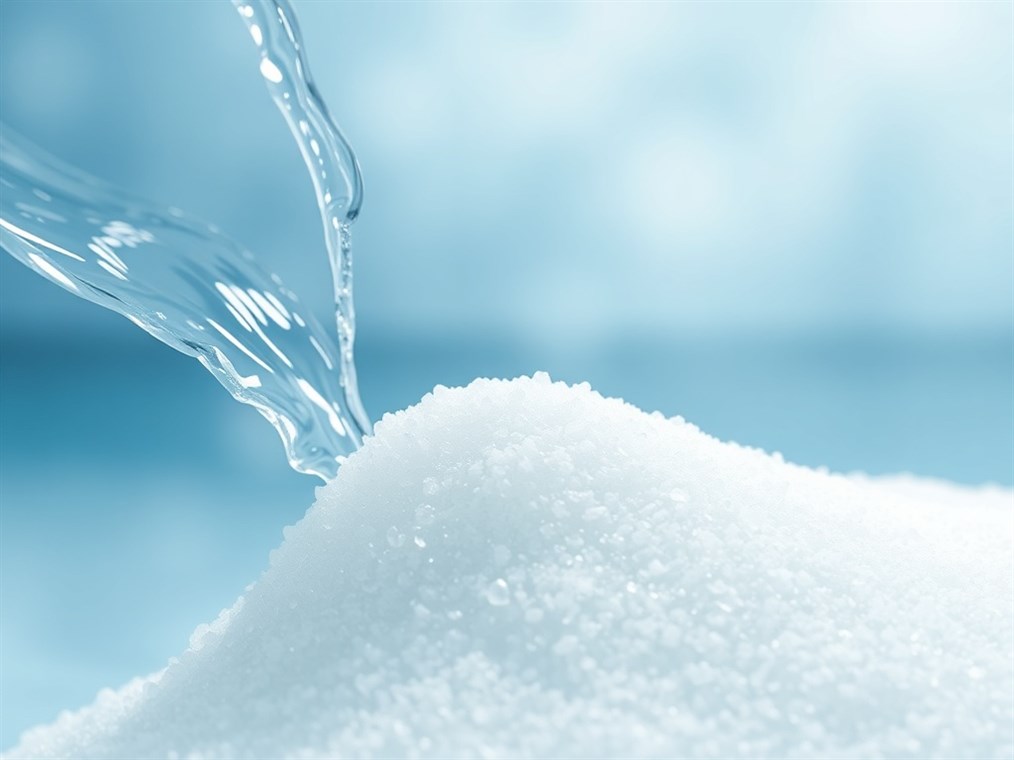Is Your Water Softener Salty Enough? A Plain-English Guide
Hard water: it’s the bane of many a homeowner’s existence. Scale buildup on your showerhead? Spotty dishes driving you nuts? Dry skin that just won’t quit? Chances are, hard water is the culprit. That’s where water softeners come to the rescue, and at the heart of these systems is something surprisingly simple: salt. But how do you know if your softener’s getting enough of the good stuff? Let’s dive in.
Think of salt as the unsung hero of soft water. Water softeners work by grabbing all those pesky calcium and magnesium ions (the stuff that makes water “hard”) with special resin beads. Over time, these beads get full, like a sponge that can’t soak up any more. That’s when the salt steps in. It creates a brine solution that washes over the beads, kicking off the hard minerals and refreshing them, ready for another round. If you skimp on the salt, those beads can’t do their job, and you might as well be washing your hair with liquid rock.
So, how do you actually check the salt? It’s easier than you think. Aim to do this once a month – it’s a quick check that can save you headaches down the road.
First, find the brine tank. It’s usually a big plastic container hanging out near your water softener. Pop the lid and take a peek inside. Ideally, you want to see the salt level at least halfway up, but not overflowing. Imagine a happy medium. If the salt’s way down, below the water line, or practically gone? Time to refill.
Now, here’s a sneaky problem: salt bridges. Ever had sugar clump up in the sugar bowl? Same idea. A salt bridge is a hard crust that forms in the tank, and it stops the salt from dissolving properly. If your salt level seems stuck, or your water isn’t feeling as soft as it used to, poke around with a broom handle (gently!). If you hit something solid a few inches down, you’ve probably found a bridge. Break it up carefully. I’ve even heard of people using warm water to help dissolve really stubborn ones.
How often should you be lugging those heavy salt bags around? Well, it depends. Harder water means more frequent regeneration, which means more salt. A big family using tons of water? Same deal. Older softeners tend to be a bit more salt-hungry, too. As a rule of thumb, check monthly and top it off when it’s below that halfway mark. Some fancy new systems might only need a refill every couple of months.
And speaking of salt, what kind should you use? You’ve got options. Rock salt is the cheapest, but it’s also the dirtiest, meaning you might be cleaning the tank more often. Solar salt is a step up, made from evaporated seawater. Evaporated salt is the purest, leaving the least amount of gunk behind. And if you’re watching your sodium intake, there’s potassium chloride, though it might not be quite as effective for really hard water. Check your softener’s manual – it usually has recommendations. Just steer clear of block salt; it doesn’t dissolve well and can cause problems.
Think of your water softener like a car. A little maintenance goes a long way. Besides checking the salt, give the brine tank a good cleaning once a year to prevent buildup. Keep an eye out for leaks – even small ones can snowball. And make sure the area around the softener is clean.
How do you know if your softener is slacking off, even with enough salt? Watch for the signs: that familiar scale on your faucets, spotty dishes, dry skin that no amount of lotion can fix, soap that just won’t lather. Maybe your clothes feel stiff after washing, or you notice a weird taste in the water. And listen for strange noises coming from the unit. If you spot any of these, it’s time to do some troubleshooting or call in a pro.
Keeping your water softener happy with enough salt is a small thing that makes a big difference. A little attention now can save you from hard water headaches and keep your appliances running smoothly for years to come. Trust me, your skin (and your dishes) will thank you.

